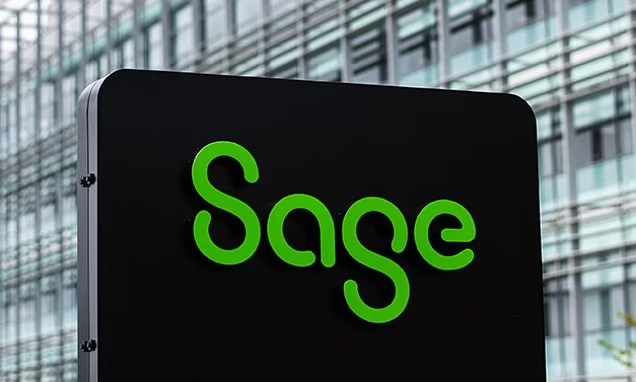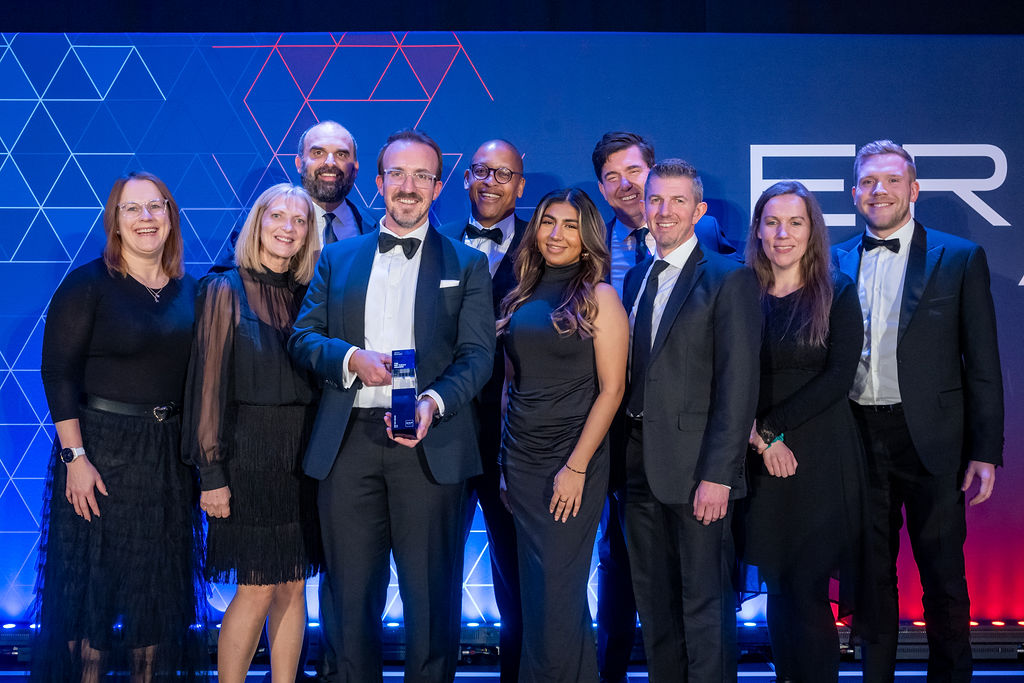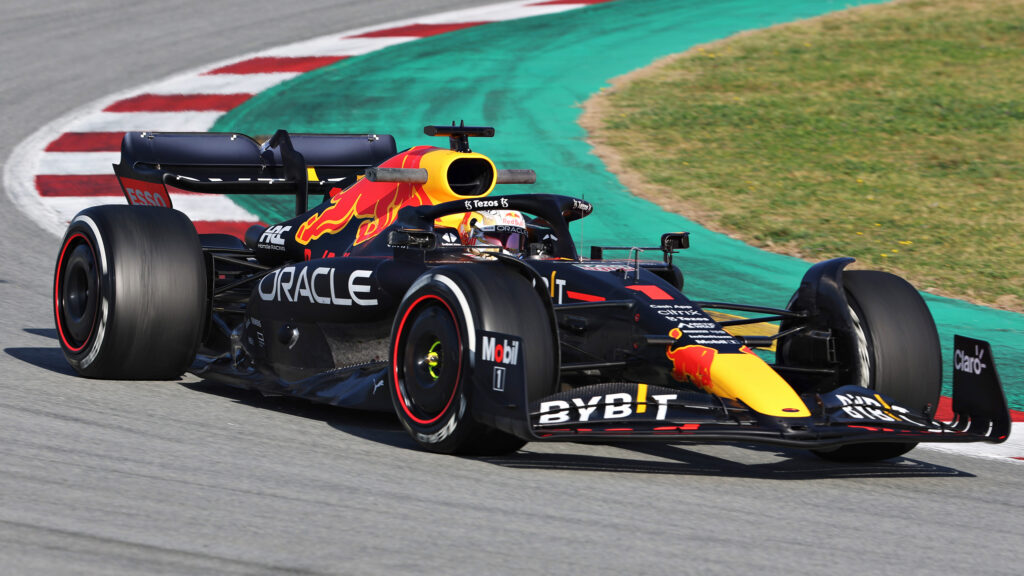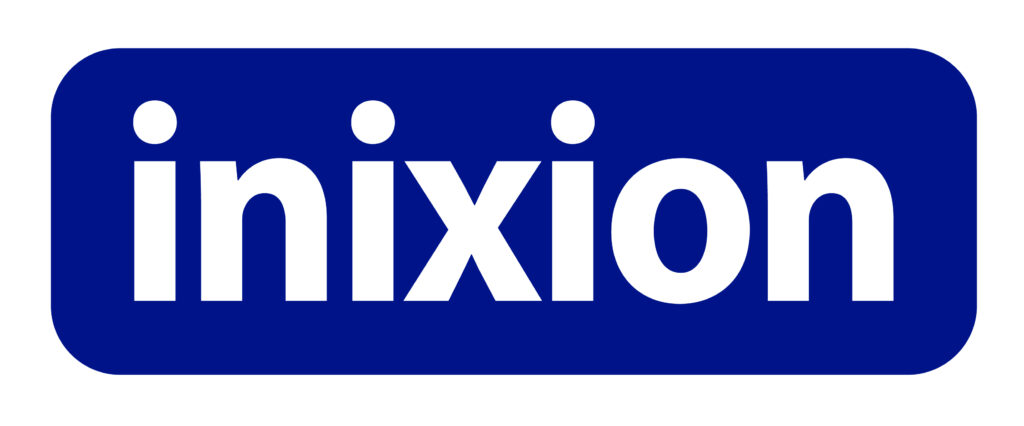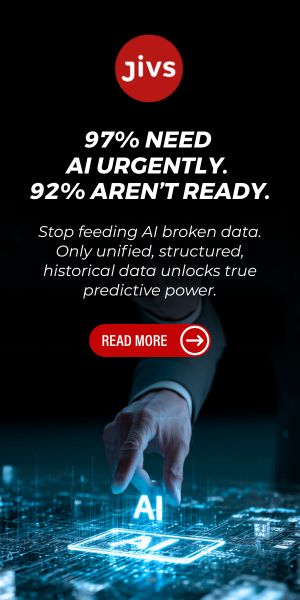 In the heart of North Carolina, where over 300 acres of greenhouses grow millions of plants every year, one of the largest horticultural operations in the U.S. is undergoing a transformation not just of crops—but of culture. Metrolina Greenhouses, a $200M+ business, is moving away from legacy systems and spreadsheets toward a fully integrated, data-driven enterprise with the help of Sage X3 and verticalized expertise from Practical Software Solutions.
In the heart of North Carolina, where over 300 acres of greenhouses grow millions of plants every year, one of the largest horticultural operations in the U.S. is undergoing a transformation not just of crops—but of culture. Metrolina Greenhouses, a $200M+ business, is moving away from legacy systems and spreadsheets toward a fully integrated, data-driven enterprise with the help of Sage X3 and verticalized expertise from Practical Software Solutions.
Leading this evolution is Sharat Prakash, Senior Manager of ERP and Analytics, whose vision for operational excellence in a low-margin, high-volume industry like horticulture blends technology, education, and empathy. “This industry never makes the tech headlines,” Prakash said. “But precision farming needs precision systems.”
Metrolina had been running Sage MAS 500 for over two decades—but without fully using it as the source of truth. Production data was fragmented. Financials were isolated. Most decision-making happened in spreadsheets. So when Metrolina decided to adopt Sage X3 and Practical Software’s grower vertical, it wasn’t just about software. It was about shifting mindsets.
“In most ERP projects, you turn one system off and another on. But here, the goal was to embed a new way of thinking into a workforce that spans over 1,000 seasonal and full-time employees,” Prakash explained.
Instead of starting with finance, Metrolina went live first with production, inventory, and purchasing to match the seasonality of the business. But implementing ERP in a greenhouse isn’t like a factory. It requires intuitive workflows, mobile-first access, and deep integrations. “We had to build custom apps on top of Sage X3 to make it usable for our floor teams. You can’t expect someone on a production line to use a desktop interface designed for back-office finance.”
The result: an ERP core that supports everything from raw material purchasing to finished plant inventory, with real-time visibility across the greenhouse and dock. “We ship over 200 trucks a day in peak season,” said Prakash. “You can’t run that on spreadsheets.”
The real challenge wasn’t just technology. It was adoption. In an industry where many workers are seasonal, part-time, and bilingual, ERP usability matters. “You can’t force systems on people who don’t see the value. You have to prove that entering data isn’t an extra step—it’s the work itself,” Prakash said.
To solve this, Metrolina partnered with Practical Software and internal developers to create tablet-friendly UIs, lightweight mobile apps, and simplified transactions tailored to end users. They also rolled out SOPs and embedded training into the seasonal onboarding process.
“We’re not just implementing ERP. We’re creating a digital workforce from the ground up,” Prakash noted. And while finance and sales modules are still rolling out, production adoption is already yielding better forecasting and inventory accuracy.
Looking ahead, Metrolina sees massive opportunity to bring AI, machine learning, and computer vision into the greenhouse. “Precision farming means knowing the health of your crops in real time. Cameras and image recognition can spot disease, count inventory, and guide irrigation—but only if the data backbone is there,” said Prakash.
The global precision farming market is projected to grow from $10.5 billion in 2023 to over $21.9 billion by 2028, driven by increasing demand for crop yield optimization, sustainability mandates, and operational cost control. Specific technologies such as AI-powered vision systems, smart irrigation sensors, and GPS-guided equipment are becoming increasingly accessible to mid-sized growers.
Yet, challenges persist. A 2024 report from McKinsey highlights that fewer than 30% of agriculture businesses currently leverage end-to-end digital operations platforms. For precision technologies to scale, farms and growers must first modernize their ERP and data foundations—a process Metrolina has already begun.
While cost remains a barrier, especially in an industry with razor-thin margins, Prakash is optimistic: “We’ve seen quotes for $10M imaging systems. That’s not realistic for most growers. But as adoption grows, costs will fall.”
Sage X3, with its modularity and deep partner ecosystem, gives Metrolina a path forward. While the AI wave is still on the horizon, the foundation for intelligent automation is now in place.
What this means for ERP Insiders
Verticalization drives relevance and adoption. Generic ERP doesn’t work in specialized industries. Sage X3, combined with Practical Software’s grower vertical, shows how sector-specific extensions drive faster value realization and user buy-in. ERP leaders must prioritize industry depth over breadth to win adoption in complex verticals like agriculture.
Success requires a human-centered approach to tech. For Metrolina, the challenge wasn’t just data—it was behavior. Embedding ERP into a multilingual, transient workforce required rethinking interfaces, training, and even the definition of work. Tech leaders should apply the same user empathy in any low-tech legacy environment.
Build now for the AI future of agriculture. Precision farming will be AI-powered—but only if the ERP layer is digitized, integrated, and extensible. With Sage X3 and Practical Software’s vertical, Metrolina is building the right foundation. CIOs in agriculture and manufacturing should follow suit to enable scalable innovation down the line.

